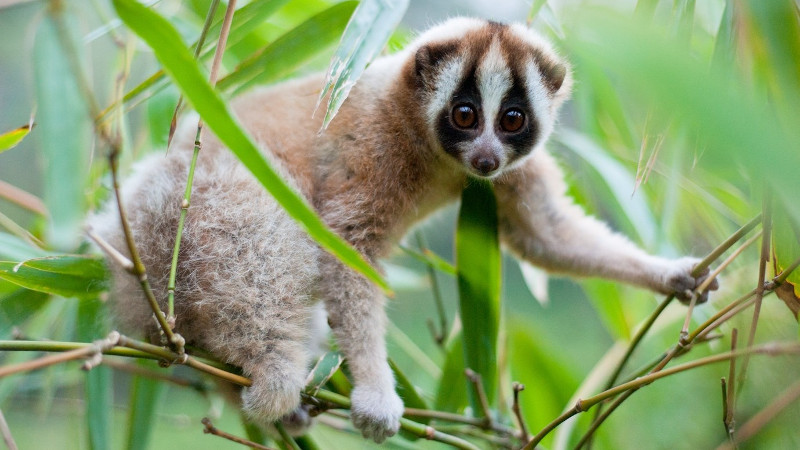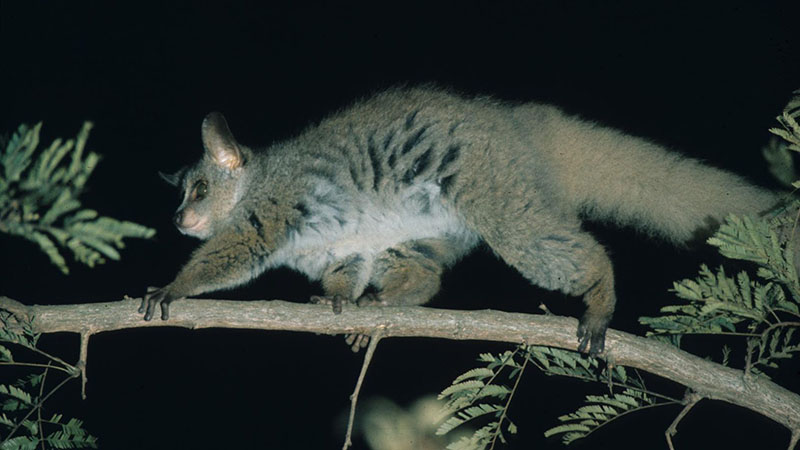60% of the world’s primate species are threatened with extinction. Many of them are more common in captivity than in the wild. We need to know how animals behave in captivity if we want to make zoos places where animals are healthy and happy, have proper social groupings and enough space to behave normally. The skills required to observe animals are also essential when working in the wild.
Since the MSc Primate Conservation course started at Oxford Brookes in 2000, more than 400 students have completed the masters degree. Graduates work all over the world in zoos and in the wild, playing a major role in saving some of the world’s most threatened primate species.
The field trip to the Cotswold Wildlife Park is part of the Captive Management and Rehabilitation module, which reviews good practice in the management and welfare of captive primates and the implications for the survival of declining populations in the wild. The module emphasises the effects of the captive environment on behavioural traits and breeding success and also considers veterinary care, housing and enclosure design, display, and environmental enrichment. Other areas it covers include the role of cryogenics, and the pros and cons of reintroduction and rehabilitation into the wild.









